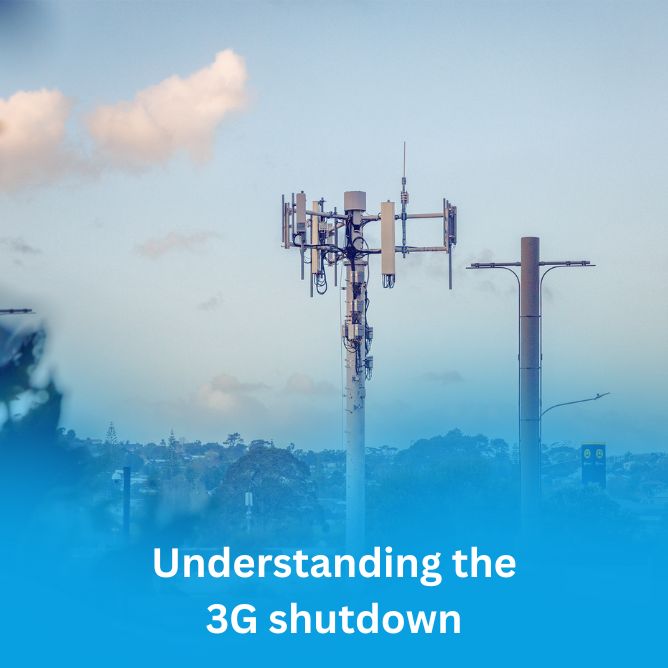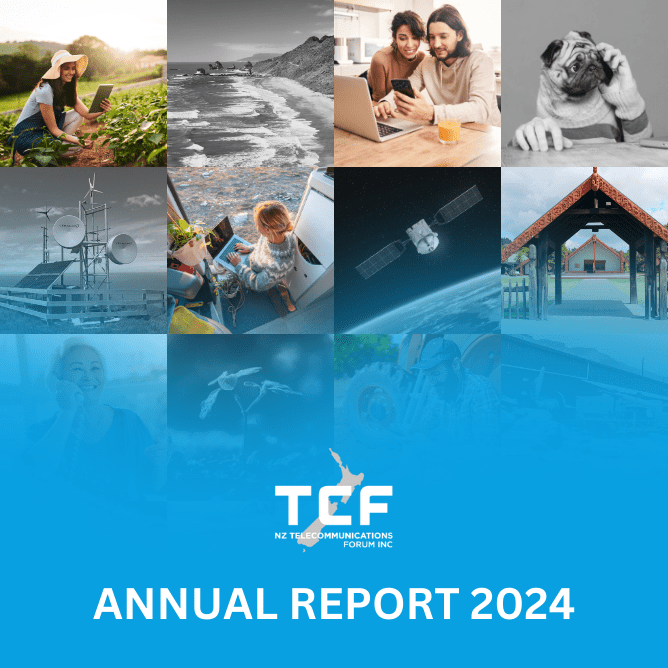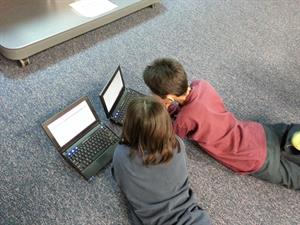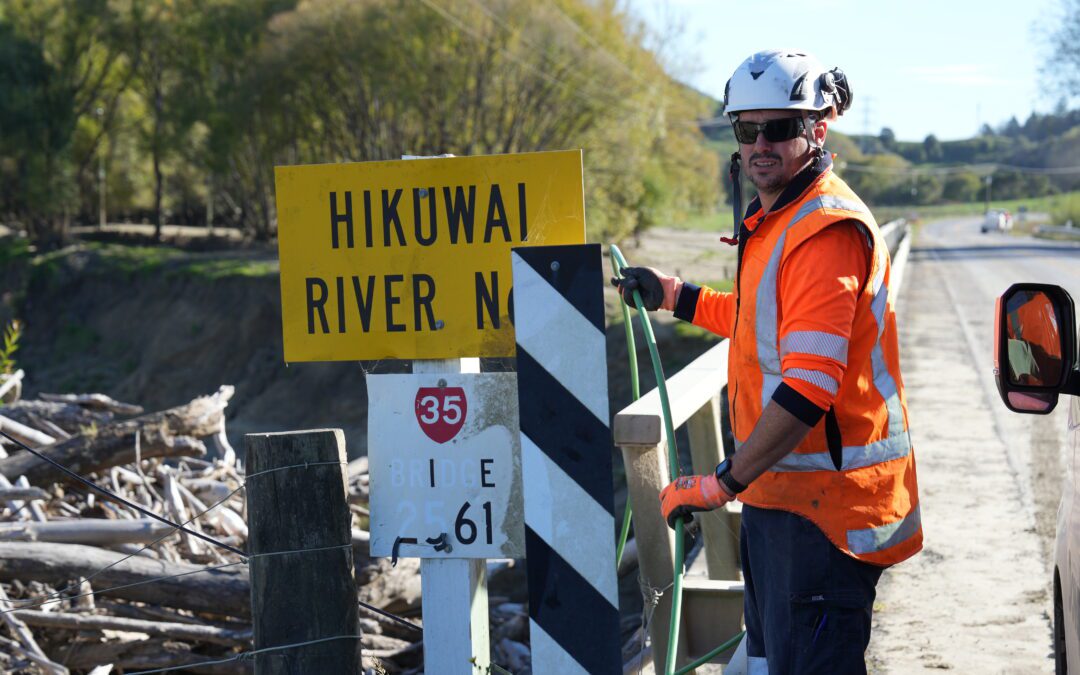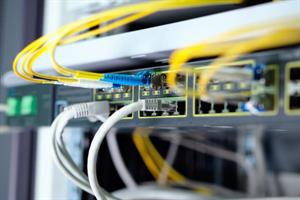COVID lockdowns have proven the worth of our telco infrastructure. A nationwide series of broadband networks deliver enough capacity to enable hundreds of thousands of office workers to carry on from home, while at the same time providing capacity for remote learning, e-commerce, entertainment and all the rest of the things we do online these days.
With more than $15.7 billion invested in the telco sector over the past decade alone, we have a world-class system that connects more than 80% of the population to fibre to the home, three mobile networks that cover more than 97% of the population and a growing fixed-wireless industry that means more Kiwis than ever before can connect to the wider world.
Now more than ever it’s important to ensure nobody is left behind in this story. As all kinds of services move to an “online first” model, telecommunications is as essential a service for everything from registering your dog with the local council to making submissions on important pieces of legislation. We can’t build a two-tier system where those who have can prosper without considering the impact on those who have not.
Network4Learning, the crown-owned company that manages internet access for schools and kura across the country, has published a fascinating report that looks into this issue in some detail. Participants from 550 schools reported in on issues like online safety, the challenges schools face when using technology and of course how students have fared with learning during lockdown.
This year, 10% of the schools said that more than half their students did not have internet access at home – a huge improvement from 2018 when more than 21% of schools reported the same. The industry has stepped up and worked closely with the Ministry of Education to support those families who are not online. Projects like Skinny’s Jump programme offers a low-cost, pre-pay internet service that allows families access online at an affordable rate ($5 a month for 30GB) but often the problem isn’t connectivity, it’s having the devices you need to connect in a meaningful way.
N4L says 24% of schools report more than half of students don’t have their own device on which to work, which makes it impossible for students to study properly at home.
Many schools have ‘bring your own device’ policies, but that only works if you can afford a Chromebook, laptop or other fully featured device. Cellphones are fine for many things but don’t really make the grade when you’re trying to either study or write at length. For that you need something with a larger screen and preferably a keyboard as well.
That’s where you come in. While new laptops might be out of reach, companies regularly refresh their laptop line-up and the old devices can live on in the hands of our students.
Organisations like Recycle a Device (RAD) will take laptops that are surplus to corporate requirements, refurbish them and deliver them to where they’re most needed.
Digital learning is here to stay. Whether our students are in class or studying remotely, it’s vital we make sure they have the tools they need to get the work done. If you have laptops (with chargers) that you don’t need or you know your company is refreshing its line-up, give RAD a call and see if we can put those devices to good use.
By Paul Brislen, TCF CEO







